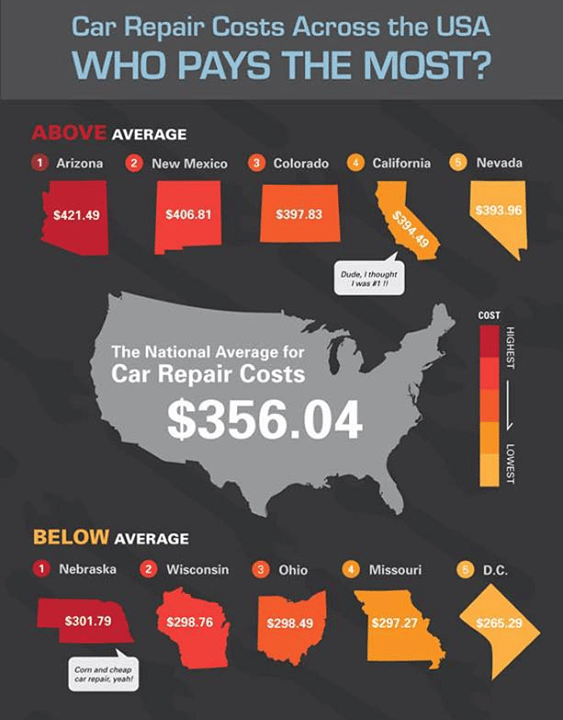Looking For Quality On The Caution Lights Showed On Your Auto'S Control Panel? Find Out How They Associate With Your Automobile'S Health And Wellness
Looking For Quality On The Caution Lights Showed On Your Auto'S Control Panel? Find Out How They Associate With Your Automobile'S Health And Wellness
Blog Article
Web Content Created By-Lim Stark
When you're behind the wheel, those beautiful warning lights on your dashboard can be a little bit complicated. Do you recognize what they're trying to inform you concerning your automobile's wellness? Comprehending the relevance of these lights is crucial for your security and the durability of your car. So, the following time one of those lights pops up, wouldn't you intend to decipher its message precisely and take the required actions to resolve it?
Common Caution Lights and Interpretations
Identify usual warning lights in your cars and truck and understand their definitions to make certain risk-free driving.
The most typical caution lights consist of the check engine light, which indicates problems with the engine or discharges system. If this light begins, it's essential to have your lorry inspected promptly.
The oil stress advising light shows reduced oil pressure, needing immediate attention to avoid engine damages.
A blinking battery light could recommend a malfunctioning billing system, potentially leaving you stranded if not attended to.
The tire stress surveillance system (TPMS) light notifies you to reduced tire stress, affecting lorry security and gas efficiency. Neglecting this could cause unsafe driving conditions.
The abdominal light indicates a problem with the anti-lock stopping system, compromising your capacity to stop promptly in emergencies.
Last but not least, the coolant temperature level warning light warns of engine overheating, which can lead to extreme damages if not solved promptly.
Recognizing these usual caution lights will assist you deal with issues immediately and maintain risk-free driving conditions.
Relevance of Prompt Interest
Recognizing the usual warning lights in your automobile is only the initial step; the importance of immediately attending to these warnings can not be stressed enough to ensure your safety and security when driving.
When a warning light brightens on your dashboard, it's your vehicle's way of interacting a prospective problem that requires focus. Disregarding https://rafaellfztn.newsbloger.com/31775016/interested-concerning-locating-the-very-best-car-repair-shop-near-you-reveal-the-top-10-suggestions-that-will-assist-you-make-a-notified-choice can cause extra severe troubles later on, compromising your safety and possibly costing you extra in repairs.
Trigger interest to cautioning lights can protect against breakdowns and mishaps. For example, a flashing check engine light could suggest a misfire that, if left unattended, might cause damage to the catalytic converter. Resolving this quickly can save you from a costly fixing.
Likewise, a brake system warning light could signal low brake liquid or used brake pads, important parts for your safety and security when driving.
DIY Troubleshooting Tips
If you see a caution light on your control panel, there are a few DIY fixing suggestions you can attempt before seeking expert assistance.
The very first step is to consult your car's manual to recognize what the details warning light indicates. Sometimes the concern can be as basic as a loosened gas cap setting off the check engine light. Tightening the gas cap might resolve the trouble.
One more common problem is a reduced battery, which can trigger numerous alerting lights. Inspecting car wash nz for deterioration and ensuring they're safe may deal with the problem.
If a caution light lingers, you can attempt resetting it by disconnecting the vehicle's battery for a few minutes and afterwards reconnecting it. Furthermore, checking your car's liquid levels, such as oil, coolant, and brake liquid, can assist fix advising lights related to these systems.
Verdict
To conclude, understanding your cars and truck's caution lights is necessary for maintaining your vehicle running smoothly and safely. By quickly resolving these alerts and understanding what they indicate, you can avoid expensive repair services and prospective breakdowns.
Keep in mind to consult your auto's guidebook for particular information on each advising light and act appropriately to make certain a trouble-free driving experience.
Stay informed, remain risk-free on the road!
